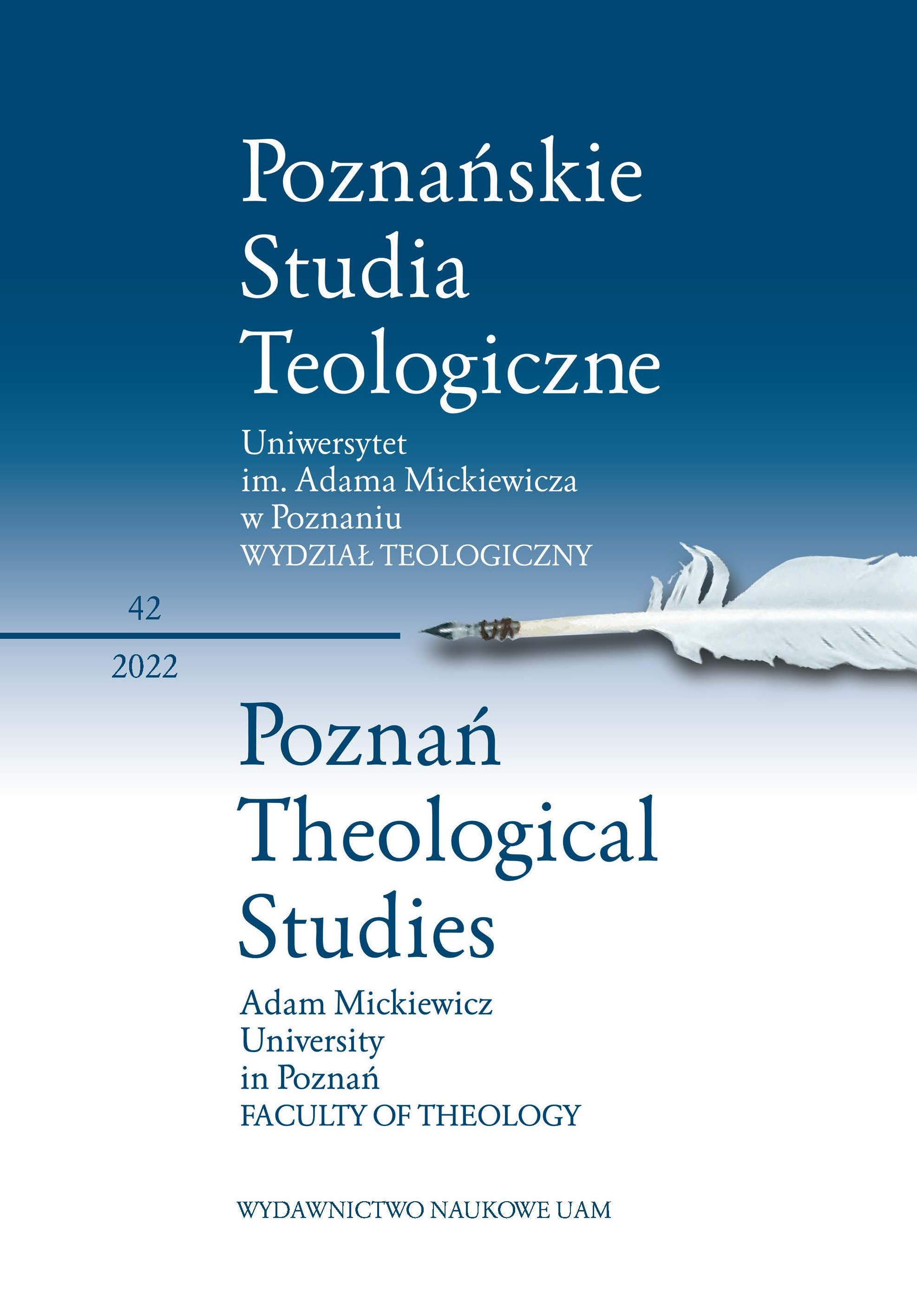Natura i cel pokuty w irlandzkich księgach pokutnych z V i VI wieku
The nature and aim of penance in Irish penitents of the 5th and 6th centuries
Author(s): Dariusz KwiatkowskiSubject(s): History of Church(es), 6th to 12th Centuries, Systematic Theology
Published by: Uniwersytet Adama Mickiewicza
Keywords: Sin; penance; fast; prayer; conversion; forgiveness; mercy; penitential books;
Summary/Abstract: This article presents the purpose and nature of repentance in Ireland’s oldest books of penance, dating from the fifth and sixth centuries. In the British Isles, a new form of penance was born, later known as “tariffed penance”. Contrary to the penance practiced on the European continent, it was repetitive. The penitents, who listed the sins and penitential practices that had to be practiced in or- der to obtain absolution, also show the purpose and nature of repentance. The essence of repentance was to break away from sin and convert the heart. The beginning of conversion was recognition of the committed sin and humble acceptance and fulfillment of penance. A conversion restored unity with God and the Church community. The scale of penance for the committed sins depended on the condition, sometimes property, of the person who committed the sin. The most severe penances, in order to obtain forgiveness of sin, had to be performed by the clergy, because they were considered to be persons closest to God and therefore they were supposed to give an authentic witness of faith and love. The ancient Irish books of penance knew no unforgivable sins. Only man’s refusal to accept penance made him unable to obtain forgiveness of his sins.
Journal: Poznańskie Studia Teologiczne
- Issue Year: 42/2022
- Issue No: 1
- Page Range: 97-109
- Page Count: 13
- Language: Polish

